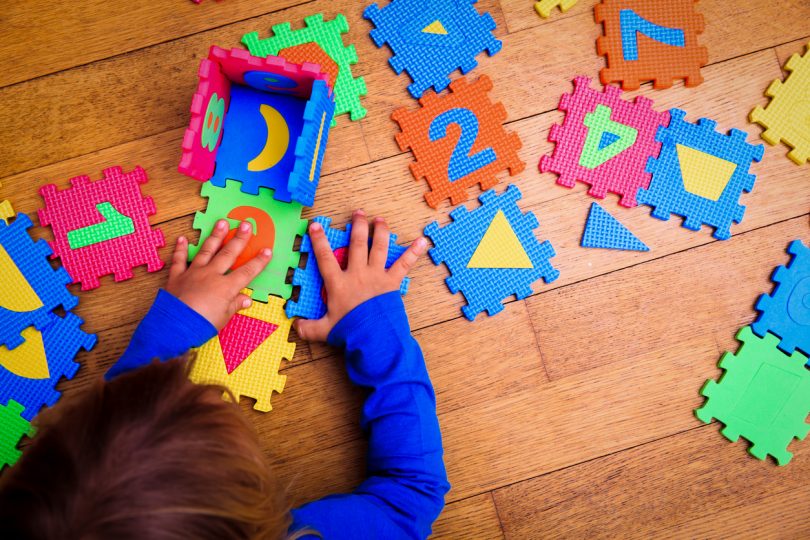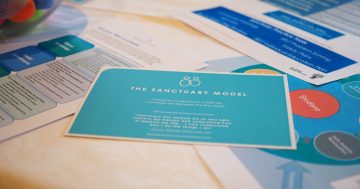
It’s been a parental lament for a long time. They’re grateful for the childcare assistance provided by the government, and couldn’t go back to work or study without it. But many also find the process complex, intrusive and time-consuming to calculate – especially when there are changes to their circumstances. Can you work out exactly when you run out of rebate, or is it a modern form of alchemy?
So, it is with some trepidation that parents greet the new Child Care Subsidy (CCS) system being implemented from July 2 this year. The CCS will replace both the Child Care Benefit (CCB) and Child Care Rebate (CCR). According to the Department of Human Services (DHS), this will make the system “more affordable, accessible and flexible”.
But will it?
Will it mean childcare subsidies will be simpler, fairer and easier to understand and calculate? Who will be better off…and who is worse off? Well, it’s a little complicated. Tiffany Martz, Acting Centre Director of Artemis Early Learning, took the time to help us understand what’s going on.
“In the current system, parents can elect whether CCB and CCR are paid directly to the childcare provider or to them. Instead, the new CCS will always be paid to the provider. For parents who use the regular rebates as a de facto ‘savings account’, this will be quite a change. For parents who normally have their CCB and CCR paid to the provider, this part of the change will be almost invisible.”
One change that will certainly be applauded by parents with children attending childcare more than a few days a week, is the scrapping of the annual cap for families earning $186,958 or less. The current cap has previously led to many families suddenly running out of rebate before the end of the year, and paying almost full fees for several months (which can play havoc with the household budget).
The level of CCS a family receives will be calculated on three factors:
- Combined family income
- How much both parents work or study (to meet the activity test)
- The type of childcare service
“If you currently have children in care, it’s important to know that the change to CCS won’t happen automatically for you,” warns Tiffany. “You must complete an online assessment through the myGov website. If you don’t, you won’t receive assistance from July 2, 2018.”
Confusingly for families, some of the information on the CCS is on the Department of Education website, and some is on the Department of Human Services website. Tiffany’s advice is to check the DHS Payment and Service Finder for an estimate of the changes to your childcare assistance. She reminds parents to add travel time to their work hours to ensure that they give the most accurate picture of activity time, and not shortchange themselves.
Modelling done by the Department indicates that high income earners with a parent that does limited hours of work or study will probably lose out in this new system. But, most families with both parents working fulltime will win ‘bigly’. For these families, the opportunity to afford a few extra days per week care at no extra cost will be a godsend. Even those parents that are penalised due to the activity test have ways they can mitigate the effect (i.e.: by doing volunteer work).
So, all in all, the transition to the new system won’t be painless. But it looks like the net effect will be a boon for the most deserving families, rather than a burden!
To learn more about Artemis Early Learning, visit Artemis Early Learning or call 02 6239 3927.
This is a sponsored article, though all opinions are the author’s own. For more information on paid content, see our sponsored content policy.





















